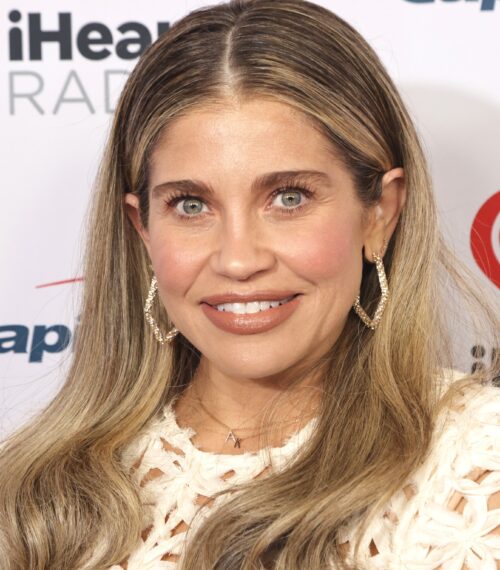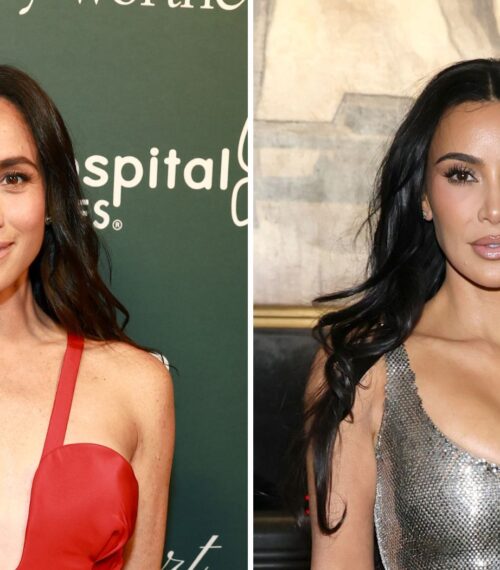K-Pop Demon Hunters isn’t just another animated release—it’s a full-blown Netflix phenomenon. The stylish musical-action hybrid has rocketed to the top of the streamer’s charts, becoming the most-watched film in Netflix history and capturing a far broader audience than anyone anticipated.
“We knew younger female audiences and K-pop [and] anime fans would love this film, but it’s been incredibly gratifying to see it embraced by an even broader audience and become a favorite film for both adults and kids,” Netflix chairman Dan Lin told The Hollywood Reporter in August 2025. It’s a rare crossover that blends high-energy choreography, glossy idol mythology, and monster-fighting spectacle into a package that’s as catchy as it is cinematic.
How K-Pop Demon Hunters Became A Record-Breaking Hit
At the center of the movie is HUNTR/X, a K-pop girl group with a secret. By day, they’re global idols. By night, they’re saving that very world from supernatural threats. The trio—Rumi (voiced by Arden Cho), Mira (May Hong), and Zoey (Ji-young Yoo)—anchors the film with a dynamic sisterhood, balancing the pressures of fame with the responsibilities of a covert demon-hunting squad.
The film doesn’t just thrive on concept; it sings. A Billboard-topping soundtrack turned the movie’s biggest numbers into earworms, fueling social media choreography trends and a robust playlist life beyond the credits. A subsequent sing-along theatrical run kept momentum surging, giving fans a chance to belt the hooks in a packed auditorium—rare territory for a streaming-first hit.
That multi-pronged rollout helped extend its reach well past the expected demo. Families found a four-quadrant crowd-pleaser, while genre fans latched onto the anime-inspired action, supernatural lore, and visual flair. The result: a viral feedback loop of streams, chart entries, and repeat viewings that firmly planted K-Pop Demon Hunters in the cultural conversation.
The Story, The Appeal, And The Rivalry
HUNTR/X’s polished public persona is complicated by the arrival of a rival boy group, the Saja Boys, whose own secrets thread through the movie’s mystery. The layering of idol rivalries, hidden agendas, and otherworldly stakes gives the narrative momentum between set pieces, while the film’s choreography-forward staging lets the action double as performance.
There’s a clever elasticity to the tone: one minute the movie is delivering a bright, neon-drenched stage show; the next, it’s plunging into a shadowy alley fight scored to a beat-drop. That balance made the film an easy sell for viewers who might not typically seek out animation but couldn’t resist the pop spectacle—or the propulsive soundtrack that powers it.
Kang Explains The “Non-Origin Origin Story”
As instantly appealing as HUNTR/X’s world is, the creative team faced a challenge: launching a brand-new universe without slowing the pace. Speaking with Entertainment Weekly in August 2025, Kang reflected on that balancing act. “We were trying to do a non-origin origin story with a concept that’s brand new to people,” she said. “What is it about these girls that brought them into HUNTR/X and made them demon hunters? What is each of their backstory? How did they get chosen? What is that journey like?”
Those questions informed how much the first movie could realistically cover. “There was really not a space for the movie to show all that,” Kang continued. “So we really had to make these choices of what is essential to the story… If a sequel comes to life, then we can reveal more of that backstory.”
It’s a telling insight into why the film resonates: the characters feel fully lived-in, even as the movie intentionally withholds parts of their histories. That sense of untapped depth is catnip for fans eager to know more about how Rumi, Mira, and Zoey were chosen—and what, exactly, they had to sacrifice to become HUNTR/X.
Sequel Timeline: Netflix And Sony Eye 2029
The wait for those answers will be substantial. Netflix and Sony are aiming for a 2029 release for K-Pop Demon Hunters 2. It’s a long runway, but large-scale animation—especially one anchored by original music, ensemble choreography, and action-heavy set pieces—takes time. The first film’s polish set a high bar, and the creative team appears intent on meeting it again.
The extended timeline also gives the franchise room to keep the brand alive through its music, which has proven to be a cornerstone of the property. The soundtrack’s staying power, coupled with the film’s robust streaming performance, positions the sequel to arrive to an even larger global audience when it finally lands.
For now, fans can revisit HUNTR/X’s biggest numbers and keep decoding the details tucked into the movie’s layered staging and lyrics. Between Kang’s comments and Dan Lin’s note on the film’s cross-demographic appeal, there’s clear confidence in the world that K-Pop Demon Hunters has built—and plenty left to explore once the next chapter takes the stage.
With Netflix’s most-watched film ever now firmly in the record books, the franchise stands as a rare blockbuster that unites animation aficionados, K-pop devotees, and action fans under one banner. If the first movie was the hook, the sequel is the eagerly awaited chorus—one that audiences will be ready to sing along to when the beat drops in 2029.















































































































